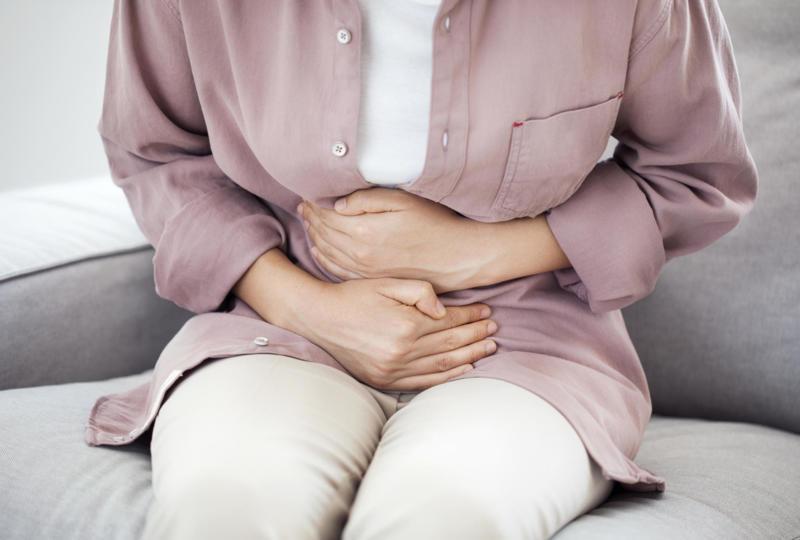When Going Gluten-Free Is Not Enough
When Going Gluten-Free Is Not Enough
When you have celiac disease, patients must know how to read labels, know what gluten-free or certified gluten-free means, and keep their own set of pots and pans to avoid contamination with bread crumbs, flour dust or tiny bits of pasta.
No matter what precautions you take, however, you may always have a flare up because of hidden gluten in different foods. When you first started being gluten-free, some of the foods that you might have thought were safe, turned to have several fragments of gluten. This happened with both Cheerios and Chobani. What were once gluten-free favorites, actually were affected by cross-contamination and had small fragments of gluten.
Gluten exposure might be more prevalent than you realize. A study in the Amerian Journal of Clinical Nutrition looked at gluten exposure in patients by using urine and stool tests, which detect the gluten particles that sneak through your digestive tract.
Any ingestion or use of gluten-containing products causes an autoimmune response that damages the villi in your intestinal lining. This response prevents the proper absorption of nutrients and brings on severe symptoms of celiac disease.
In a study conducted in April of 2018, urine tests for gluten discovered that almost 45% of children and 48% of adults on gluten-free diets actually did eat gluten and in measurable amounts.
For years, health reports and surveys proved that between 30 and 50 percent of those with celiac disease and living a gluten-free life had damaged intestines. They were at risk of osteoporosis, bone fracture, infertility, and even lymphoma.
Dietitian Tricia Thompson, the founder of Gluten Free Watchdog, believes that all the education and gluten-free food testing needs to get to the bottom of gluten contamination. However, with this report, Thompson knows that even fighting with the FDA for stricter rules on gluten-free labeling does not work.
How does cross-contamination even start?
Cross-contamination starts at the beginning where gluten-free crops are grown next to or maybe rotated with gluten-containing crops. Contamination can also happen in processing, packaging and even shipping. Interesting story, a woman who owned a gluten-detection dog was able to detect gluten in foods down to 1 part per million, discovered that many of the products in her shopping cart contained gluten.
Fun fact: Some dogs who are trained to detect gluten can sniff out food that have even just 1 ppm of gluten. A patient with one of these dogs may find that most of the products in their shopping cart have gluten in it.
“There is no safe place in this world for a celiac." But what can patients do other than be on a gluten-free diet?
Read on to learn the other precautions that celiac patients should take.
